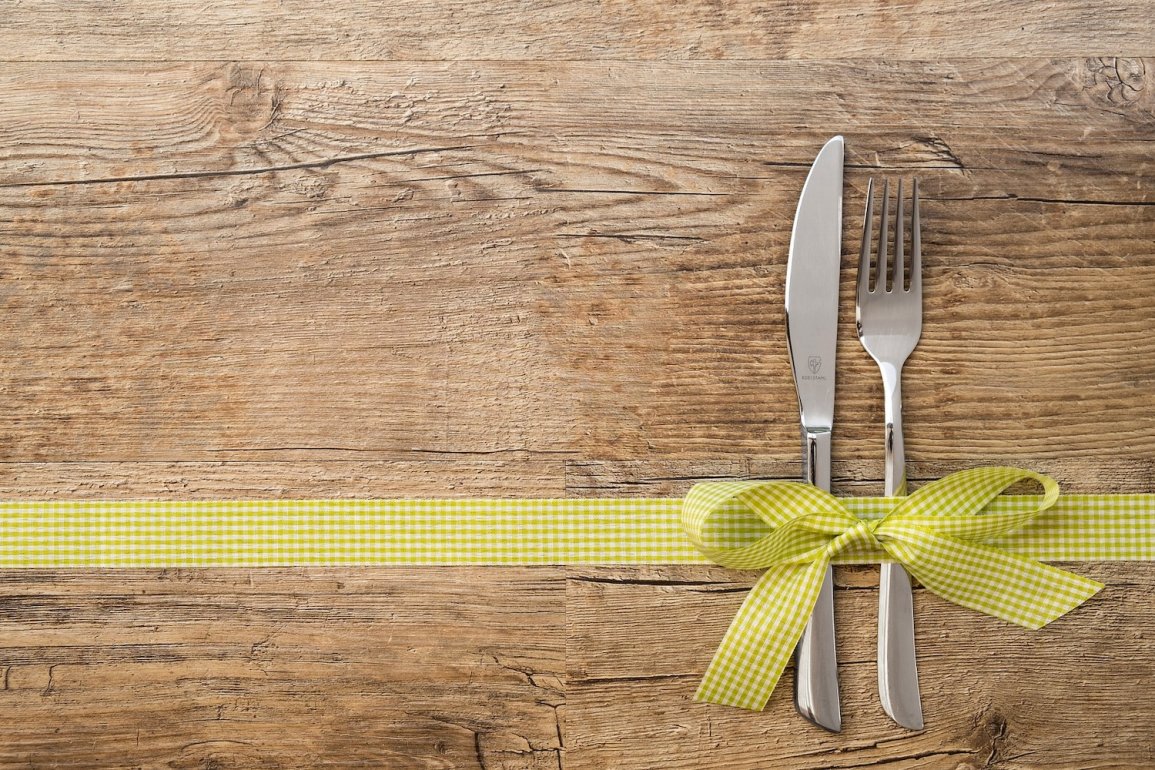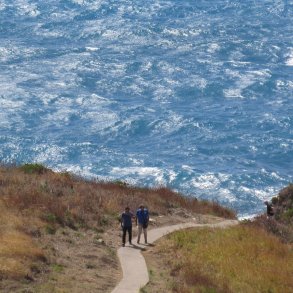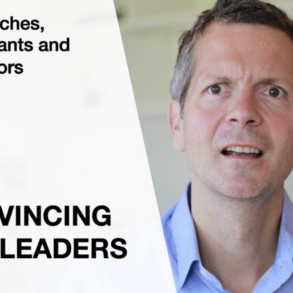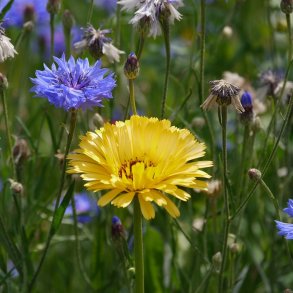By Chris Corrigan and originally published at chriscorrigan.com.

This month [2017] I am in the middle of delivering another very cool online offering with Beehive Productions on the art of invitation. It’s a three session program focusing on the practice of invitation as it relates to participatory meetings, longer term participatory strategic initiatives and even organizational design.
Michael Herman will be joining us next week for the “Inviting Organization” module. He’s really the guy that got me thinking about invitation way back in 2000 when I first came across his work as an Open Space colleague.
While Rowan and Amy and I were thinking about content we discussed some of the essential practices of invitation that facilitators, leaders and process designers should keep at hand. As we did when we discovered the “PLUME” mnemonic for harvesting, we arrived at VALUE as a mnemonic for invitation.
In participatory processes, I have found that the success or failure of the work is really correlated to the quality, intention and active nature of the invitation. Just as participatory processes require participatory harvesting, they also require invitations to be participatory, iterative, emergent, and yet clear in intent and boundary.
These five principles form a decent heuristic for invitation practice that can be scaled from single meetings, through to sustainable initiatives and enterprises.
Here they are:
Invitation is a VERB: If you are inviting people to a gathering using a single static email or a poster, you aren’t doing enough, in my experience. Invitation requires you to be active, in relation and dialogue. The interaction between inviter and invitee creates a connection and a commitment and kicks off the design. My friend Christie Diamond one time remarked “The conversation begins long before the meeting starts…” and that captures perfectly the idea of an active invitation.
Invitations are made from ATTRACTORS AND BOUNDARIES: It’s obvious that an invitation should have a purpose at its centre, but it should also include a statement of the boundaries of the container you are inviting people into. This could be a clear sense of what we are NOT doing, or it could be a cost associated with coming (time, money, attention, commitment). Peter Block says a good invitation contains a barrier to overcome to assure that the person reading it will respond with an authentic yes or an authentic no to what is on offer. Attractors and boundaries together help to define the container inside which the work will unfold.
Invitation is LEADERSHIP: When you invite people to something you are taking an active leadership role. You will confront all kinds of emotional states in yourself, ranging from excitement to anxiety. You are taking a stand for something, especially if you are inviting people to something new and there may be times when you are the only one with a strong sense of possibility about the work. Good invitation requires people to practice good leadership.
Invitations respond to an URGENT need: in chaordic design, we go to need first, to understand why something is necessary and to be able to reach people who also feel the need. The more an invitation can respond to the zeitgeist of the moment, the more energy and focus people will have coming into your container or your process.
Finally, invitations are EMBODIED: You cannot just send a text, or invite somebody to something while signalling your distinct lack of invitation with your body and behaviour.
Recently, there has become a trend among American high school students to do fantastic invitations to prom dances. Like bower birds, young American men are going completely over the top to wow their dates. You can say what you want about it, but there is no doubting the fully embodied commitment to invitation expressed by this guy.
How are your invitations?
(Thanks to Viola Tschendal for the image. She does our real time harvests for Beehive.)
Republished with permission.
Featured Image added by Enlivening Edge Magazine.




